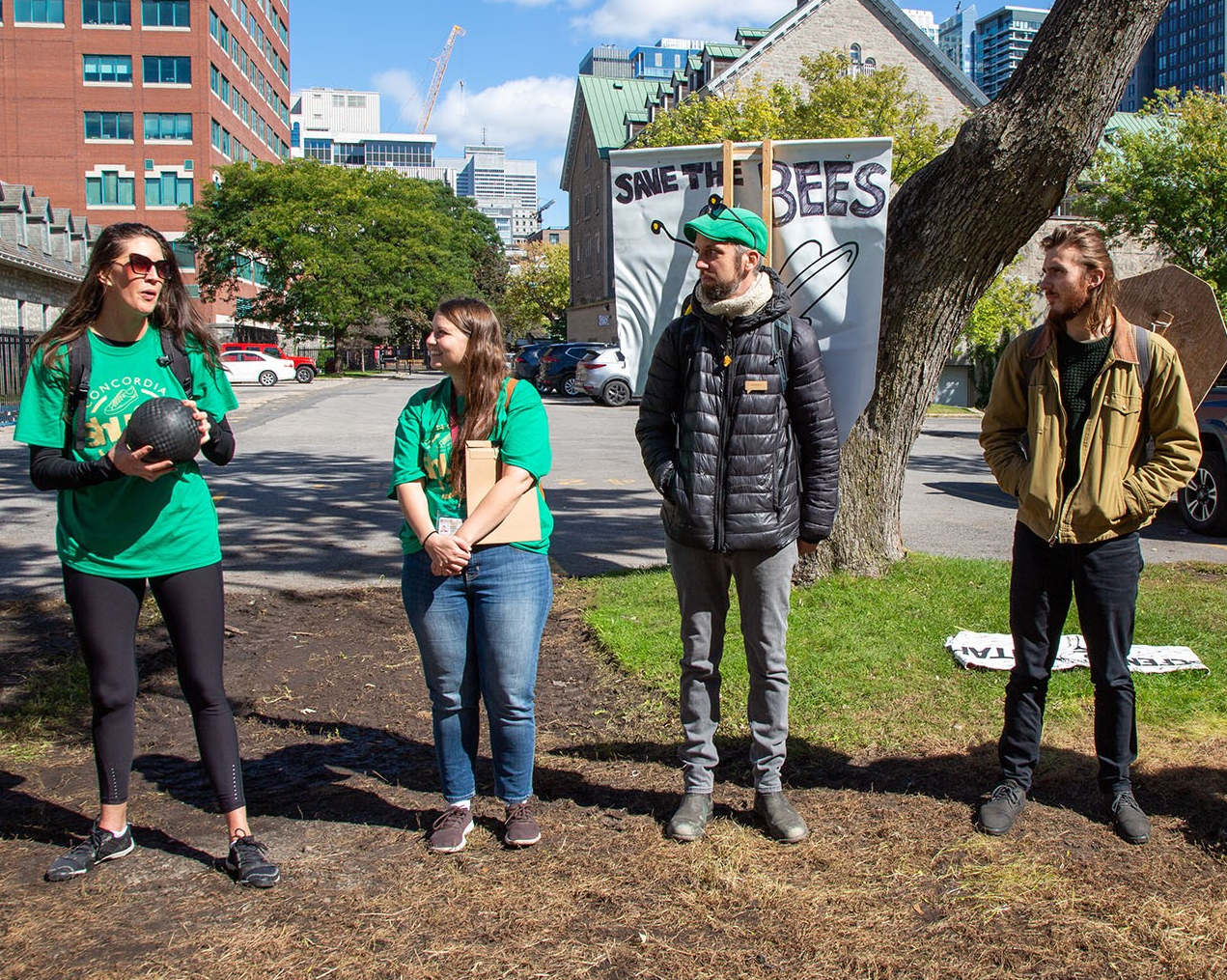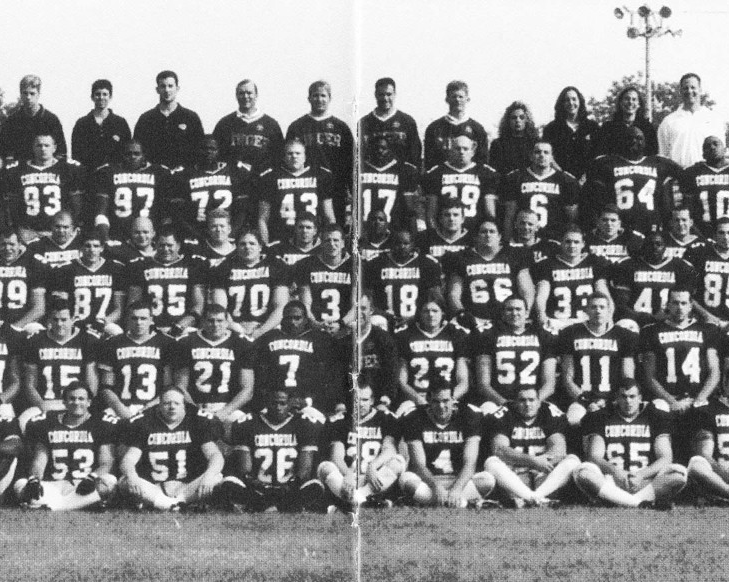Presence, memories and space
In Fleeting: Here and There, Arzpeyma explores the concepts of presence, time and space. They developed the idea for the film in the middle of the pandemic, at a moment when they felt oversaturated by the news, remote studies and work.
“Because we were all exposed to different virtual and physical realities at the same time, the notion of space became layered and complex,” Arzpeyma says. “I started to think about how we define presence in this situation.”
The film brought them back to their childhood in Tehran, Iran, when the country was undergoing rapid industrialization. Arzpeyma recalls that even though many things were changing, Iranians still had a slower rhythm for time.
Arzpeyma used those memories and their relationship with their unconscious to enrich the film’s messaging.
“In childhood, we make more sensory connections to space around us,” Arzpeyma says. “In a sense, borders between us and the space around us are less rigid and we can make unity with the space. That’s an ability that we lose to a great extent in our experiences as we grow older.”
During production, they used the under-camera animation technique in which a filmmaker will photograph each frame, then combine them into an animated film. The technique perfectly reinforced the film’s theme about presence because if Arzpeyma made a mistake, there was no turning back to correct the error.
“Under-camera animation brings another dimension to the production because it’s a very time-consuming process,” Arzpeyma says. “Each frame of this work took at least five minutes. In a film like mine where there are some 900 or 1,000 frames, it takes a lot of presence and a great amount of focus on the movement in a microscopic way.”


 “Under-camera animation brings another dimension to the production because it’s a very time-consuming process,” says Gilnaz Arzpeyma.
“Under-camera animation brings another dimension to the production because it’s a very time-consuming process,” says Gilnaz Arzpeyma.
 Gilnaz Arzpeyma
Gilnaz Arzpeyma
 Poster for Fleeting: Here and There
Poster for Fleeting: Here and There


